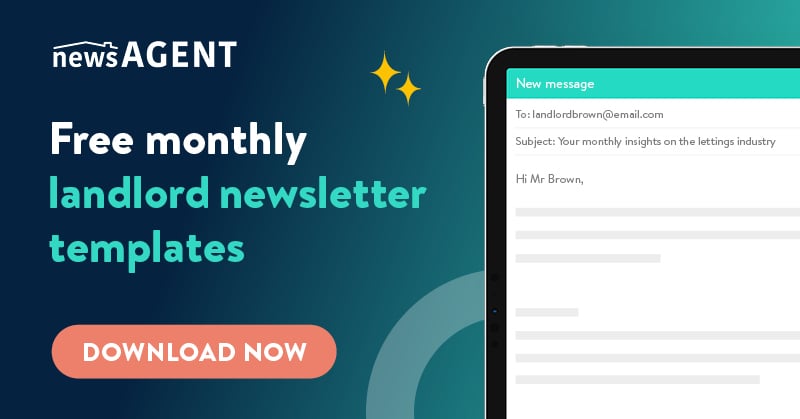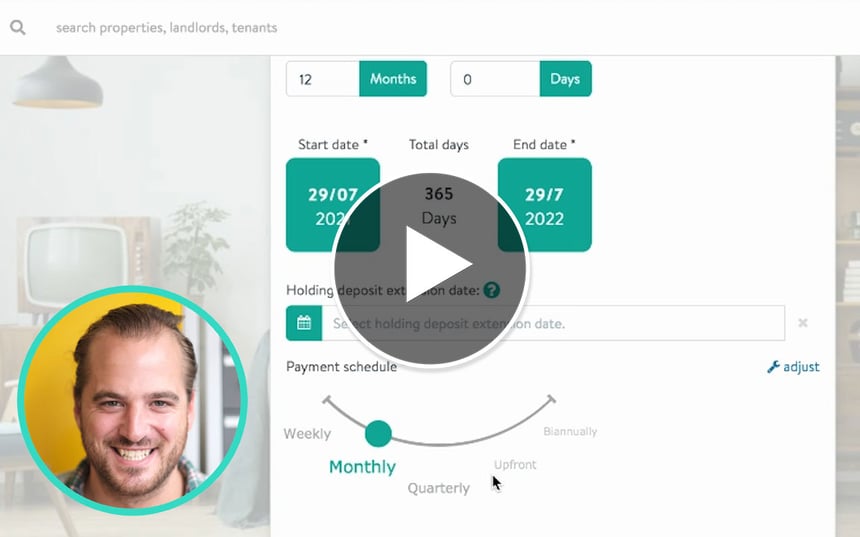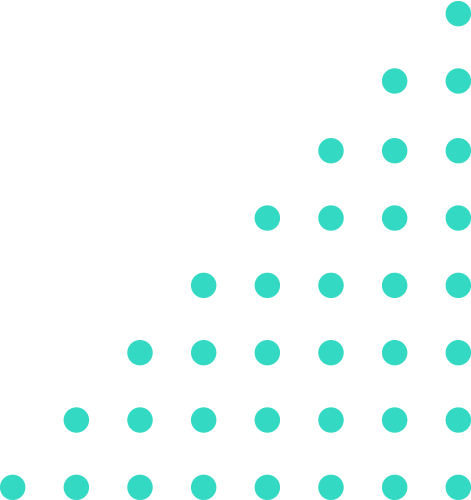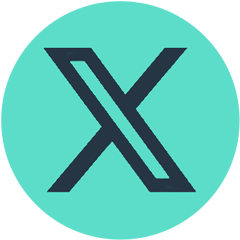Introducing Goodlord's open product roadmap
We’re sharing our product roadmap, to provide our customers and future teammates with a useful insight into what our product team is working on.
Goodlord’s mission is to make renting simple and transparent for everyone involved - and we want to apply the same principles to how we operate as a company. So we’re introducing an open product roadmap, to provide our customers - and our future teammates - with a useful insight into what our product team is working on.
You can check out our product roadmap here. We’ve also put together this guide to understanding how product roadmaps work.
What is a product roadmap?
A product roadmap is a plan of action for developing software products over time. They are a statement of intent - a description of vision and strategy. Roadmaps are living documents, which means they’re fluid and subject to change, but they are a very good indication of the current priorities of the business. They’re a useful tool for providing context to the product team, wider business and its customers as to what’s currently being worked on and why.
What isn’t a product roadmap?
A product roadmap is not a commitment to build certain features or a static list of features we’d like to build. It’s also not a list of deadlines for product releases.
How do features get added to the roadmap?
There are various ways features come to be included on a product roadmap. This includes customer feedback, either gathered directly through surveys, customer workshops or user interviews, or indirectly through our customer-facing teams.
Other features are strategic decisions that will help us achieve our vision for Goodlord or changing regulations. There might also be new technologies we want to harness or customer segments we want to appeal to.
Why are roadmaps useful?
The inherent flexibility of roadmaps mean we can react quickly to the needs of our customers and the market - for example, because of new regulation or changes to our strategic priorities. They allow us to stay open to other features that we may not have thought of at this time and mean that we can focus on the quality of our output, rather than be driven by deadlines.









